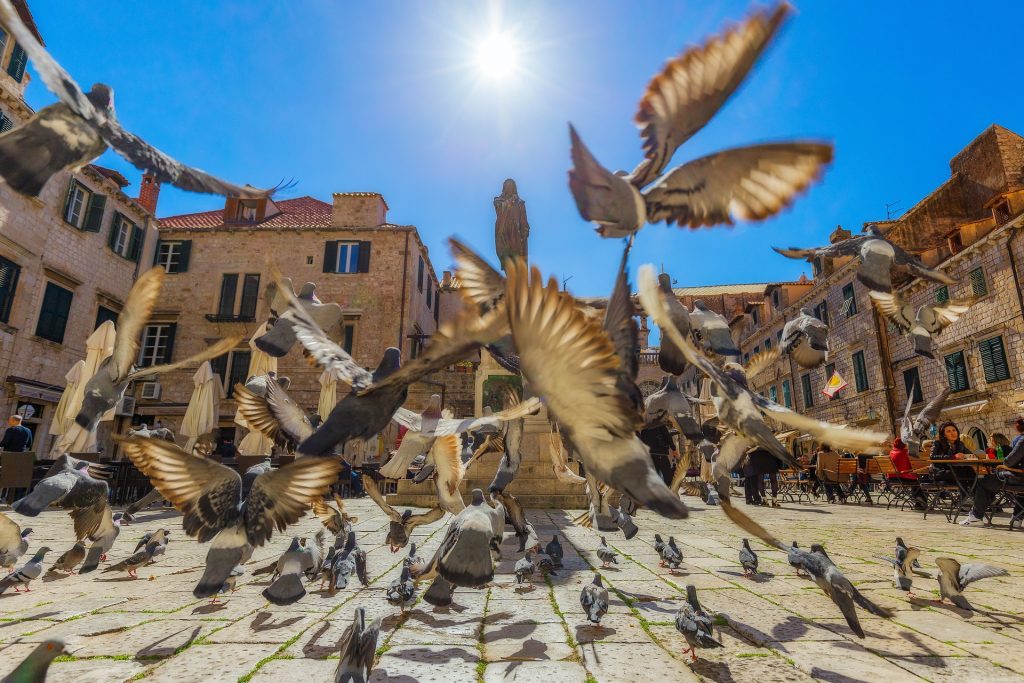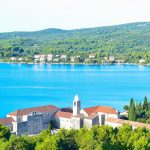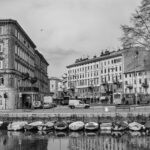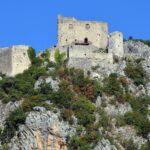July the 31st, 2024 – Did you know about the rather surprising relationship between Dubrovnik, Croatia’s famous tourism Mecca, and Bulgaria?
The relationship between Dubrovnik and Bulgaria dates back to as early as the 13th century. The connections the city and the country share haven’t just in a common, political sense. They’ve also encompassed the sense of art and cultural exchange, as noted by Georgius Bulgarus, a Bulgarian blacksmith that stayed in the Pearl of the Adriatic way back in 1218.
It all goes back to one particular Renaissance painting of the Lady with Christ from the St. Kevork Armenian Church in Plovdiv, Bulgaria. Experts have dated the picture to be from the beginning of the 16th century and connected it to a Dubrovnik circle of painters (which is additionally interesting since this painting is the first known renaissance painting in all of Bulgaria).
The same church also holds the Engolpion (a medallion with an icon in the centre worn around the neck by Orthodox and Eastern Catholic bishops), which is close to the Dubrovnik-style of production at that time. This is just one example of Dubrovnik’s influence on Bulgarian artistic heritage and the relationship that came to be between Dubrovnik and Bulgaria.
”The (Bulgarian) National gallery in Sofia holds the work of Croatian painters from the Dubrovnik area such as Vlaho Bukovac and Mato Celestin Medović. Dubrovnik as a place of inspiration is especially important for Bulgarian painters such as Bencho Yordanov Obreshkov and Mario Zhekov. Zhekov, the most significant Bulgarian marinist, painted an entire series of Dubrovnik landscapes,” states the Ivo Pilar Social Research Institute.
This should come as no surprise as the City of Dubrovnik, throughout its history, nurtured relations with various kingdoms and states. These include, as noted by the online edition of Croatian Encyclopedia, the then-Croatia, the Venetians, the Normans, and many others. Dubrovnik also became an independent, entirely autonomous republic, and history remembers the tiny state for its great diplomacy (which is valued by Croatian diplomats even today), for creating a working relationship with the Ottomans, and for abolishing slavery as early as 1416.
As TCN previously wrote, the Ivo Pilar Social Research Institute’s scientists also made excellent connections with the Slovakian science community and explored the history of relations between the two countries. It has also since expanded its connection in Sarajevo, Bosnia and Herzegovina, as well as in Montenegro with regards to the ethnic Croats of Boka Kotorska.










